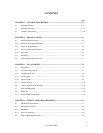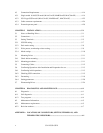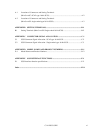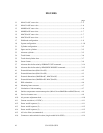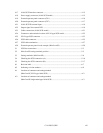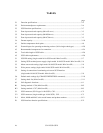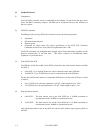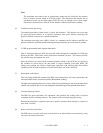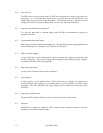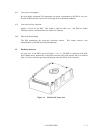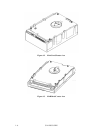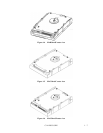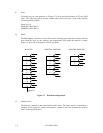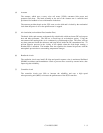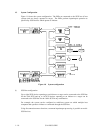C141-E035-03EN 1 - 3
Note:
The maximum data transfer rate in asynchronous mode may be limited by the response
time of initiator and the length of SCSI bus length. The maximum data transfer rate in
synchronous mode on the single-ended SCSI bus may be limited by the cable length,
transmission characteristics of the SCSI bus and the connected SCSI device number.
(5) Continuous block processing
The addressing method of data blocks is logical block address. The initiator can access data
by specifying block number in a logically continuous data space without concerning the
physical structure of the track or cylinder boundaries.
The continuous processing up to [64K-1] blocks in a command can be achieved, and IDD can
perform continuous read/write operation when processing data blocks on several tracks or cylinder.
(6) 512 KB programmable multi-segment data buffer
Data is transferred between SCSI bus and disk media through the embedded 512 KB data
buffer in the IDD. This buffer can be divided into maximum 16 areas. This feature provides
the suitable usage environment for users.
Since the initiator can control the disconnect/reconnect timing on the SCSI bus by specifying
the condition of stored data to the data buffer or empty condition of the data buffer, the
initiator can perform the effective input/output operations with utilizing high data transfer
capability of the SCSI bus regardless of actual data transfer rate of the disk drive.
(7) Read-ahead cache feature
After executing the READ command, the IDD reads automatically and stores (prefetches) the
subsequent data blocks into the data buffer (Read-ahead caching).
The high speed sequential data access can be achieved by transferring the data from the data buffer
without reaccessing the disk in case the subsequent command requests the prefetched data blocks.
(8) Command queuing feature
The IDD can queue maximum 128 commands, and optimizes the issuing order of queued
commands by the reordering function. This feature realizes the high speed processing.
Recordering algorithm is adopted to prevent a specific command from staying in a queue for
more than 3 seconds.
(9) Reserve and release functions
The IDD can be accessed exclusively in the multi-host or multi-initiator environment by using
the reserve and release functions.



